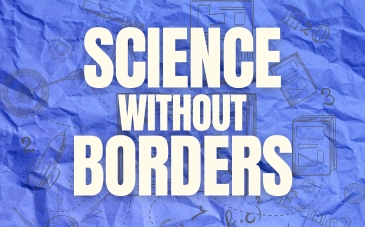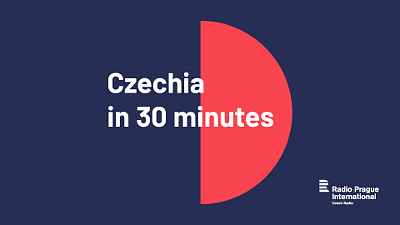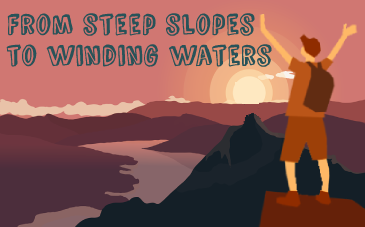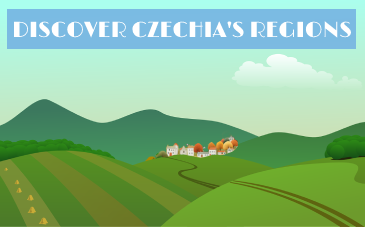Podskalí: a gem of Prague’s riverside
Nestled beneath the Vyšehrad Rock on the banks of the Vltava River, Podskalí is a lesser-known but historically rich area of Prague. Once a bustling port village and a vital part of the city’s economy, Podskalí has transformed over the centuries into a charming destination that seamlessly blends history, culture, and leisure.
A port beneath the rock
The name Podskalí, meaning "under the rock," reflects its proximity to the Vyšehrad Rock, where the ancient Vyšehrad Castle once stood. Since medieval times, Podskalí was a key hub for river trade. Timber, sand, stone and other bulk cargo arrived from the upper reaches of the Vltava to be unloaded and distributed throughout Prague or sold to markets further downstream the Vltava and Elbe rivers.
By the late 19th century, the construction of an embankment and the development of the Náplavka quayside reshaped the area, signaling the decline of its industrial role. Today, the Náplavka is one of Prague’s most popular spots, offering a scenic riverside promenade for walking, jogging, and socializing.
Cultural landmarks
At the heart of Podskalí at a place called Výtoň is the Old Customs House, now home to the Museum of Podskalí. Its small but captivating exhibittion chronicles the area’s history through three main themes: the rafts that transported timber from southern Bohemia, the steamship routes connecting Prague with cities like Dresden, and the traditional costumes of Podskalí’s workers, which were influenced by French navigation attire from the 18th and 19th centuries.
Another prominent landmark is the Emmaus Monastery, known for its Church of the Virgin Mary with striking twin gilded spires. Founded in the 14th century by Charles IV, the monastery has seen centuries of history, including significant damage during an Allied bombing raid in 1945. Today, it stands as a symbol of resilience and historical significance.
Náplavka or Quayside: from neglect to revival
The Náplavka quayside is a vibrant reminder of how Podskalí has evolved. The area’s 19th-century vaults, originally used for storage, were neglected for much of the 20th century. In recent years, however, they’ve been repurposed into bustling cafés, galleries, and cultural spaces. These cozy venues, combined with views of the Vltava and lively community events, make Náplavka a favorite spot for both locals and tourists.
The Vltava River itself has played a central role in Podskalí’s history. Until the mid-20th century, the river frequently froze during winter, creating a natural ice rink for Prague’s residents. However, the construction of upstream dams finished in the 1950s raised the river’s temperature, making such winters a thing of the past.
Today, the Náplavka quayside showcases the Vltava’s tranquil beauty, with boats anchored along the shore and locals enjoying the riverside atmosphere.
Visiting Podskalí
Podskalí offers a unique glimpse into Prague’s past while embracing the present. Whether exploring the Museum of Podskalí, strolling along Náplavka, or enjoying coffee in one of the restored vault cafés, visitors can immerse themselves in this historic yet vibrant part of the city.
Podskalí Fact Box
- 14th century: Customs duties were collected on timber in Podskalí through the process of "vytínání" (cutting), giving rise to the name Výtoň.
- Middle Ages: 19th century: busy river port for bulk cargo transported on the Vltava river
- 19th century: Construction of the embankment and Náplavka marked the decline of Podskalí’s industrial role.
- 1945: The Emmaus Monastery was heavily damaged during an Allied bombing raid.
- 1950s: Construction of dams upstream warmed the Vltava, ending the era of frozen winters.
- Today: Podskalí features the Museum of Podskalí, cozy vault cafés, and the vibrant Náplavka quayside.
How to get there (Palackého náměstí)
- Trams: 2, 3, 4, 7, 10, 16, 17, 21, 92, 94
- Bus: 176, 904, 907, 908, 910
- Metro: Karlovo náměstí (exit Palackého náměstí)



















